.png.transform/rendition-xs/image_image%20(1).png)
Spain’s Many Shades Of Pink - From Ojo De Gallo To Onion Skin
Rosé – or rosado - has a long and interesting history in Spain. Many different styles are produced, from easy-drinking fruity numbers that are perfect chilled on a hot day, to serious wines for pairing with food and even long-aged, oaked rosados.
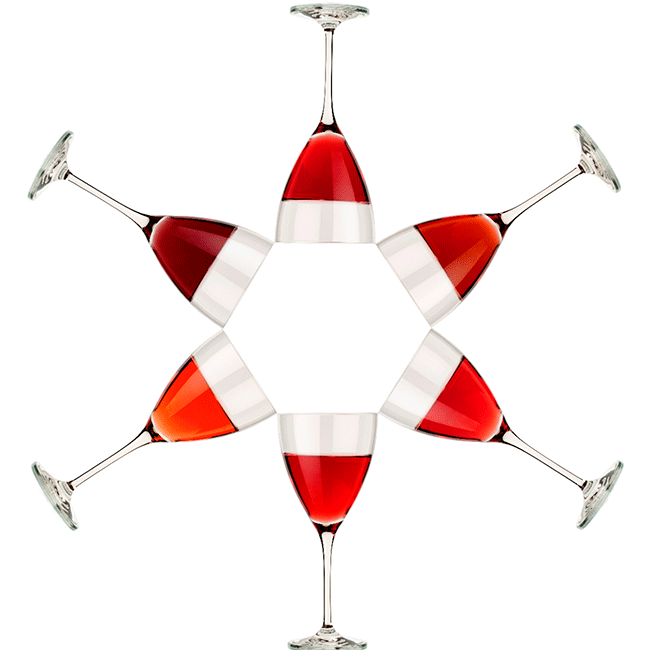
In some regions, deeper pink wines are often referred to as “claretes”. Traditionally, these were rosés made from red and white grapes with fermentation taking place in partial contact with the skins, i.e. the short maceration method. Today the only legally recognized term is “Rosado” and in most regions it can be made using either the short maceration or direct press method –when red grapes are pressed to extract very little color and fermented without the skins for pale rosés.
Finca Herrera´s Musculoso Clarete is an interesting version of the traditional Cigales style made from Tempranillo, Garnacha and a touch of Albillo, with six months in 500-litre barriques. In the neighboring Ribera del Duero region, Finca Torremilanos makes a traditional “Ojo de Gallo” literally “rooster eye”– somewhere between a rosé and red - from a blend of several red and white varieties.
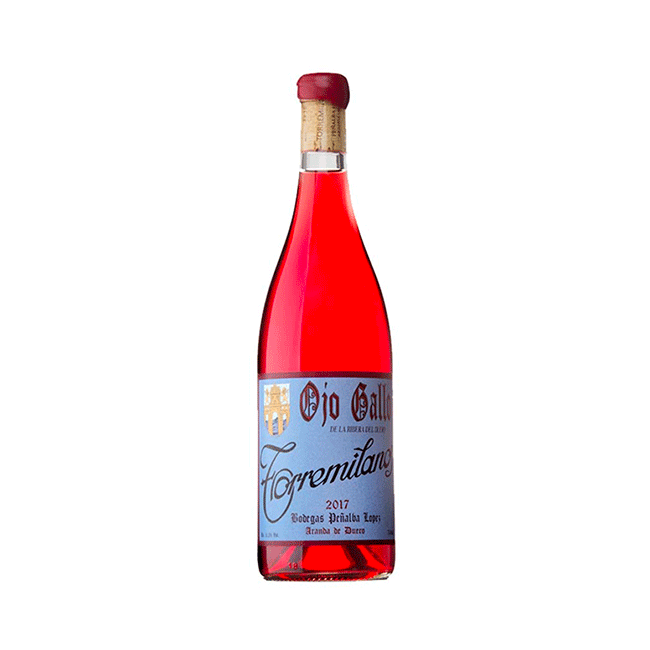
Oak-aged Rioja Rosado
López de Heredia’s Viña Tondonia Gran Reserva Rosado is another example of this traditional style – a blend of Tempranillo, Garnacha and Viura grapes - which enjoys cult status.
María José López de Heredia says, “We have mentions going back to 1899- the time of our great-grandfather - of rosados, claretes and Ojos de Gallo, but we are not sure if they were rosé or red wines. What we do know is that Viña Tondonia Rosado was launched commercially in 1958.”
Four years in American oak barrels followed by many years of bottle ageing - the current release is 2009 – give this sommeliers’ favorite a unique, complex profile, a subtle blend of rose petals, spice and red fruit with a slight nuttiness and a very silky texture.
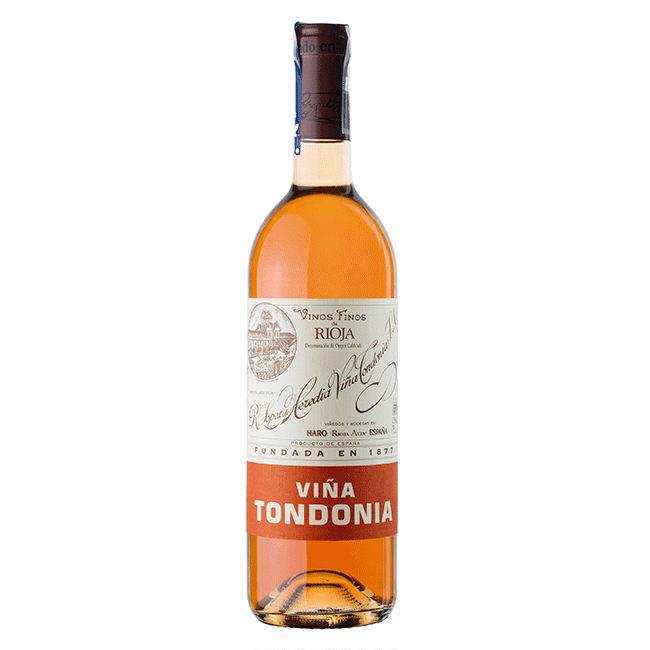
Although unusual, it is not the only oaked rosé in the region – Bodegas Navajas makes a Crianza Rosado - and Muga is famed for its lightly colored rosé that is a blend of Garnacha, Viura and Tempranillo, macerated in press for just a few hours, before fermenting for 15-20 days in wooden vats.
Rosados de Navarra
Navarra is the only DO to define a specific method of production for its rosés – sangrado – when the must is “bled off” the skins once it reaches the desired color.
Xabi Sanz, of Viña Zorzal comments on the history of Navarran rosé, “For many years, rosados, claretes and bulk wines constituted the majority of Navarra’s production. In the 1970s, committees looked to define a particular style of wine to differentiate it from Rioja, and the decision was made to focus on rosados made from red grapes – principally Garnacha - using the sangrado method. Our Viña Zorzal Rosado is a representation of this traditional style of Navarra rosé. The only change we’ve made is to macerate for less time than our father for a lighter-colored wine. Although I respect Provençal-style rosés, I think in the age of globalization it is good for Navarra to maintain its traditional style.”
José Luis Ruiz, technical director of Bodega Otazu, which has just launched the 2019 vintage of Otazu Rosado Merlot, agrees: “In recent years, there has been a trend towards paler colored rosés. In our case, we continue to opt for a mid-hued rosé, not only because it is part of Navarra’s identity, but also because we also believe it is the best way to express the character of Merlot in this type of wine. Unlike Tempranillo or Garnacha, Merlot grapes release a lot of color as soon as you crush them.”
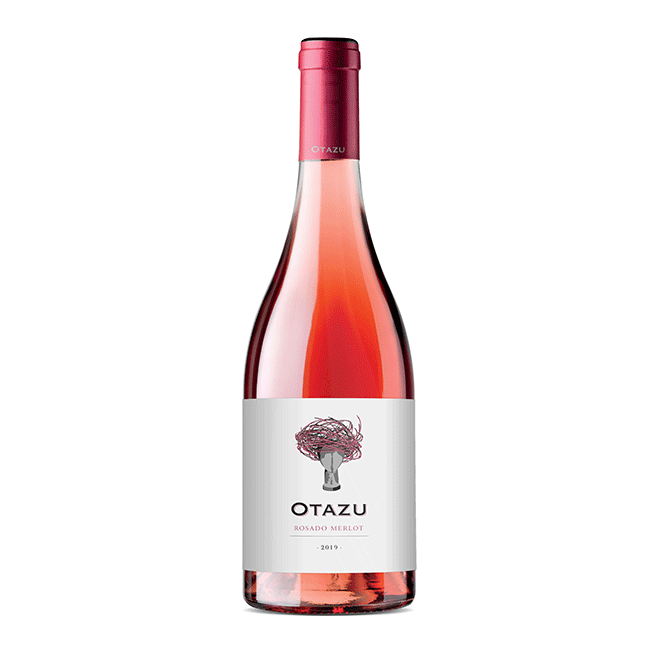
Paler styles
As the direct press method used to make fashionable “onion skin” colored rosés is not permitted in Navarra, Pago winery, Arinzano, opted to release pale peach-colored A de Arinzano outside the DO. Launched in 2019, it is elegant with delicate notes of orange blossom, peach, citrus and rose petals, and a fresh, long and well-balanced finish. Estate Director, Álvaro Valenzuela, explains “Its profile is defined from the vineyard, we pick it earlier than other Tempranillo grapes to avoid excessive ripeness and to maintain acidity and freshness. It is very gently pressed to obtain solely the free run juice and maceration takes place over just a few hours to give only a touch of color. For liveliness, we also add 10% Chardonnay.”
Similarly pale Lalomba Finca Lalinde 2019 is a Single Vineyard rosé from Ramón Bilbao in Rioja, named the best Rosado in Spain by many prestigious guides since its release five years ago. Alberto Saldón Maté, project director, explains: “It is a Provençal style rosé, but with important winemaking developments as we work the fine lees over five months in unlined concrete to give complexity. It comes from a 5.4 hectare estate in the Sierra de Yerga where we grow 90% Tempranillo and 10% Viura.”
Like Marqués de Murrieta’s Primer Rosado – a soft pink wine made using the direct press method from Mazuelo grapes – these are serious wines, ideal for pairing with smoked fish, salads and summery vegetable dishes – and as their popularity grows, they prove that Spain has long been a source of premium rosé wines.
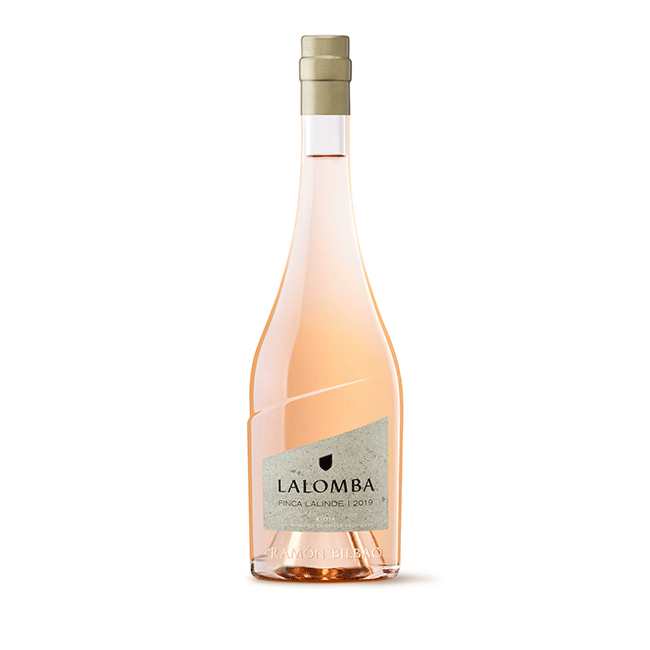
Text: Anna Harris-Noble

